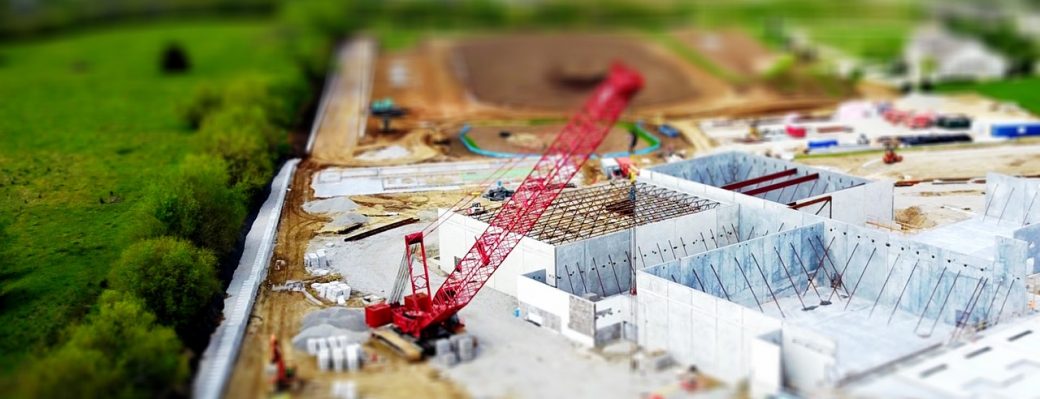There are so many different possibilities in the foreign exchange markets. You could be making millions by day trading, or you could lose everything overnight. The key to making it in this market is to know what trade to get into and when to get out of it. If you can answer these questions then you will be on your way to becoming a profitable trader.
First off, you must determine what market you want to get into. Forex is the largest market, but there are plenty more options out there. In fact, you can get into almost any market that has an interest to you. Think about what your interests are. What hobbies do you have? What interests you in life?
Once you determine what market you want to get into, you need to find a broker. It doesn’t matter which broker you go with, as long as you are doing business with a reputable broker. You can find brokers all over the internet. Just do a search for broker and then go with the one that looks the best to you.
Once you have found a broker, you need to learn as much about the market as possible. Study up on everything from the basics of the market to the latest trends. This will allow you to make smart decisions in regards to trades and ultimately your bottom line.
Next, you should study your charts. These are going to be your window to the market. Learn what they are telling you and how they should be interpreted. Once you understand the market, you can make educated guesses on what trade to enter and what trade to avoid. For example, if you see that the market is showing a downtrend, then you might think that the value of a currency is going down. However, if you are close enough to the peak, you will know that the value is probably going to be climbing.
Also, make sure to watch the news. This is very important when it comes to predicting the market. If there are any major announcements made by a government, then that is a sign that the market may move up or down. Don’t get caught by surprise by some announcement that surprises you.
Lastly, take advantage of any breakouts in the market. There are times when a currency will rise for no apparent reason. This is usually a good time to make a trade because the price is low and you can get in at a very low price. Then, as the news starts to bubble, the price will start to climb. Use this to your advantage and start to make trades that will help you make money.
The last piece of advice I would give you is to just relax and be confident. If you are not confident, then you won’t trade. This is a crucial point, and it is often overlooked. Make sure that you know what you are doing, and have done your homework. Being confident is very important because you don’t want to get caught by surprise in the market.
One of the biggest mistakes I see people make in the markets is that they try to be perfect. You have to learn to trade realistically. This means that you have to look at all the factors in the market and make decisions. You have to make choices. When you decide to make a trade, you have to stick to your decision no matter what.
If you find that a currency is rising, then buy it. You have to remember that there are always sell signals in the market. Even if you miss the trade, at least you have learned your lesson and can profit from it later. You won’t make any big gains if you are always wrong.
One last tip: If you need to make quick decisions about what trade to get into, then go with the call. The market moves so quickly that you have to be quick. Try to look for the tops and bottoms. These are the times when the markets really turn. They peak and then fall back. Knowing when to get in before the tops and bottoms, will give you huge profits.





